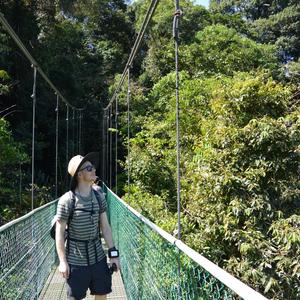With the most UNESCO World Heritage Sites than any other African country (including Egypt), Ethiopia is a hidden gem that is overlooked by many travellers. With such cultural diversity, archaeological pedigree and natural beauty, there's a good reason why its a so high on the Wild Frontiers travel list.
From our years of experience travelling in Ethiopia, we have pulled together what we think are the best places to visit in Ethiopia. So, let us jump into it.
Addis Ababa
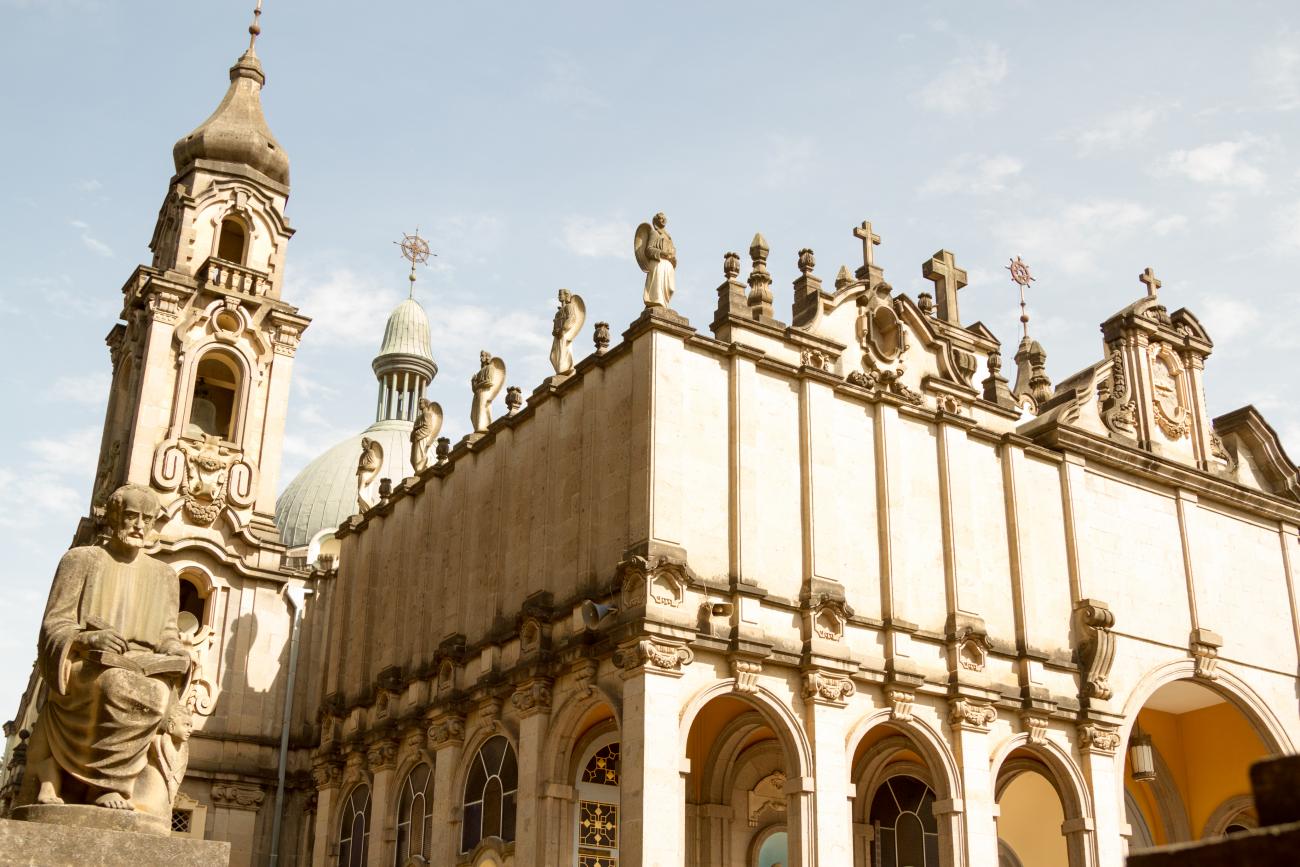
Ethiopia's capital is located more or less in the dead centre of the country and is the world's third-highest capital at 2,400 m. Its name means 'New Flower' and it is a relatively modern city, founded in 1887 by Emperor Menelik II. In just over a century it has grown from nothing into a modern metropolis of several million people. Its altitude lends it a comfortable climate and throughout the year the weather is temperate with just the occasional downpour.
Adigrat
The northernmost city in the unspoilt Tigray region, Adigrat is an ideal stopping point en-route from Axum to Mekele. Although the town itself is nothing special, a new lodge has recently opened on the outskirts of town, which is a comfortable base to explore the rock churches for which the Tigray region is famed.
MORE INSPIRATION IN ETHIOPIA
Arba Minch
With stunning views in all directions, the town of Arba Minch is situated in a truly spectacular location. It lies at an elevation of 1,300m in the foothills of the Rift Valley and mountains rise up to almost 4,000m to the west. The town comprises 2 separate settlements, Sikela and Shecha that are 4 km apart and connected by a sealed road, so although the total population is around the 75,000 marks it still retains a small-town atmosphere.
Awash National Park
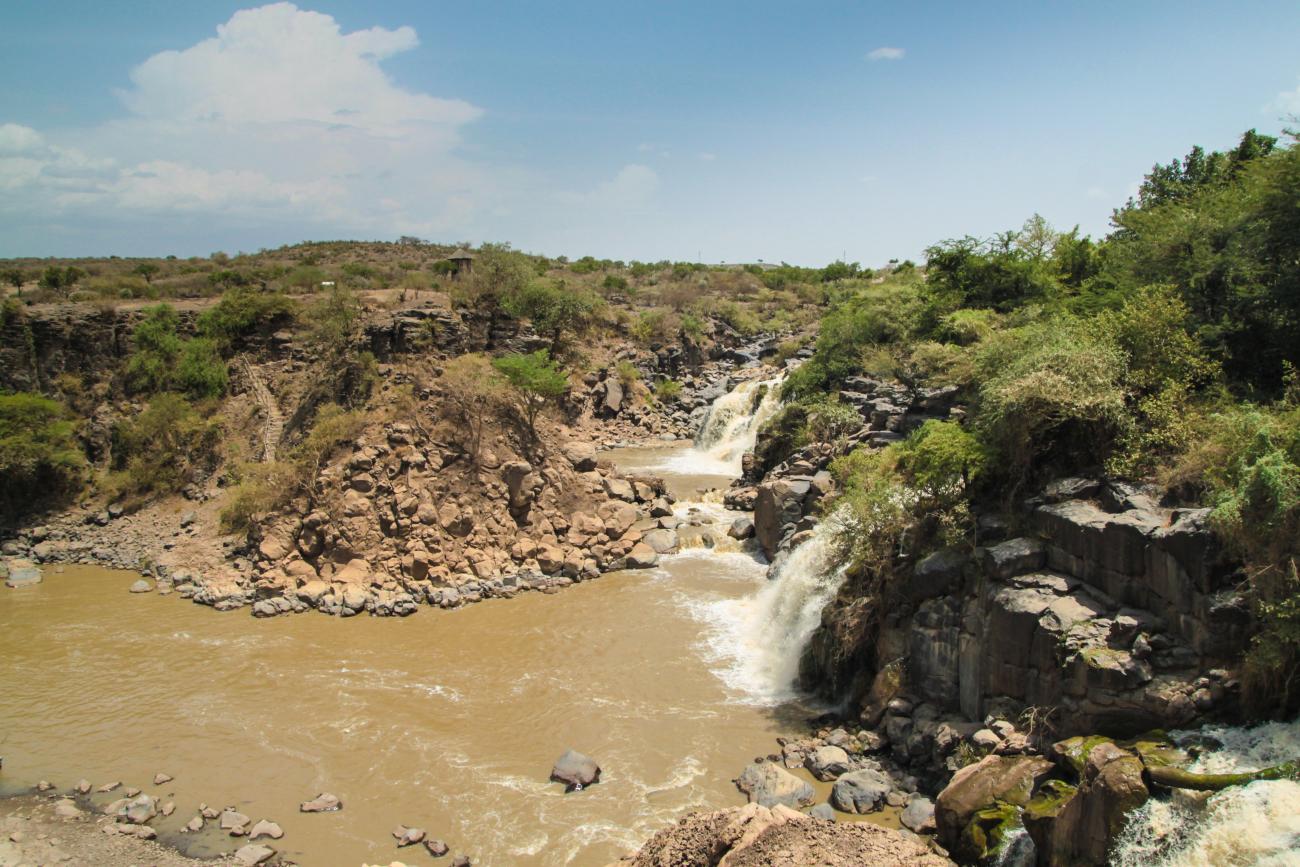
This scenic national park is situated in the dry acacia savanna of the Rift Valley some 200km from Addis Ababa. A magnificent 150m-deep gorge, carved by the Awash River, forms the southern boundary of the park, including a substantial waterfall. To the north, you'll see the ragged edges of Mount Fantelle, a dormant volcano whose crater towers above the surrounding bush.
Other highlights include the Filwoha Hot Springs, which feed a series of beautiful translucent blue pools and Lake Beseka. Although 80 mammal species have been recorded in Awash, the game viewing is less of an attraction than the scenery and birdlife. Awash National Park is regarded as one Ethiopia's top birding destinations, with over 450 species. Including the endemic yellow-throated serin and the Ethiopian cliff swallow.
Axum

This fascinating town was the centre of the Axumite Empire, one of the most important and technologically advanced civilisations of its time and a major force in world trade between the 1st and 7th centuries AD.
A further twist in the town's long history is speculation that it could have held the court of the Queen of Sheba and also that it is the final resting place of the Ark of the Covenant. Whatever the truth of these matters it is undoubtedly the holiest city of the Ethiopian Orthodox church and there is a startling wealth of antiquities both to be seen and as yet still undiscovered.
Bahir Dar
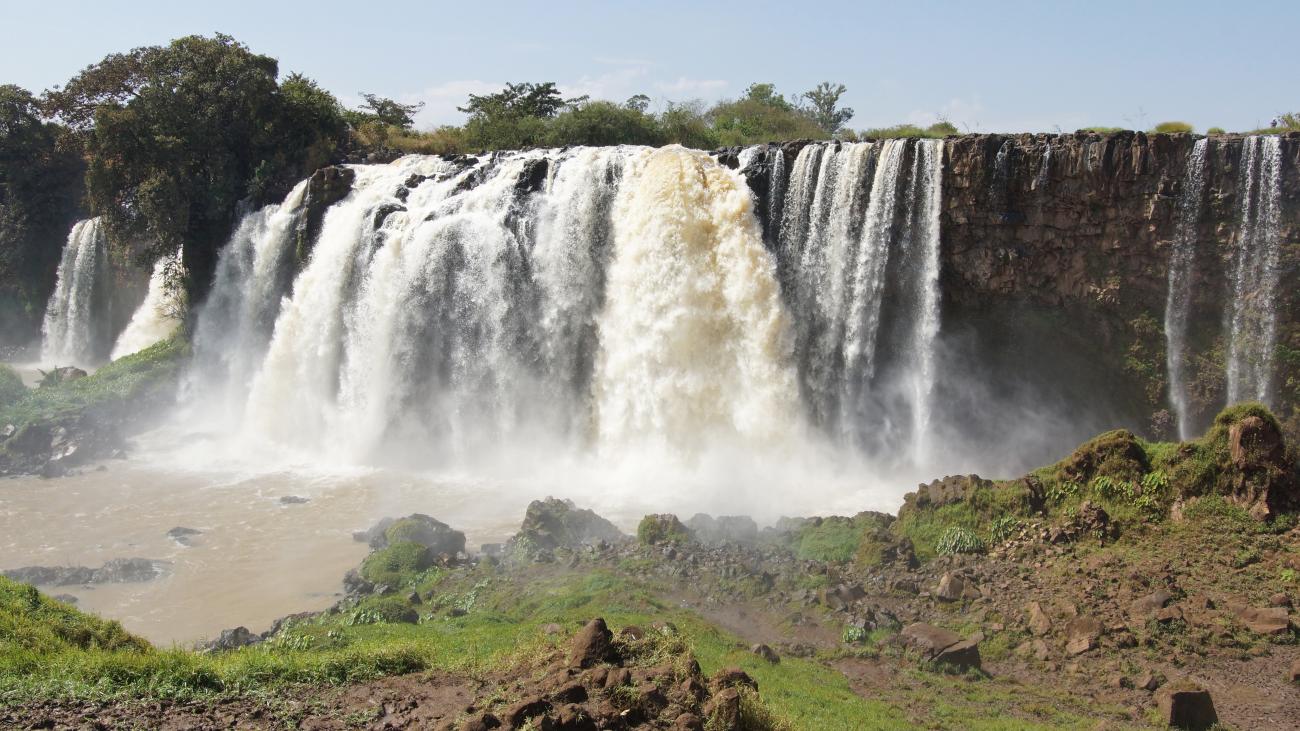
Bahir Dar, with its wide avenues of palms and scenic lakeside location, is one of Ethiopia's most attractive towns. Located on the southern shore of Lake Tana, it is an ideal base from which to explore the lake and surrounding area, which includes the blue nile falls.
Once no more than a sleepy fishing village it has grown in size during recent times and palm-lined avenues and lakeside vistas make it an attractive place to stay. There are good amenities for travellers and the town itself has become an important industrial centre partly as a result of the hydro-electric dam built at nearby Tis Abay.
Bale Mountains National Park
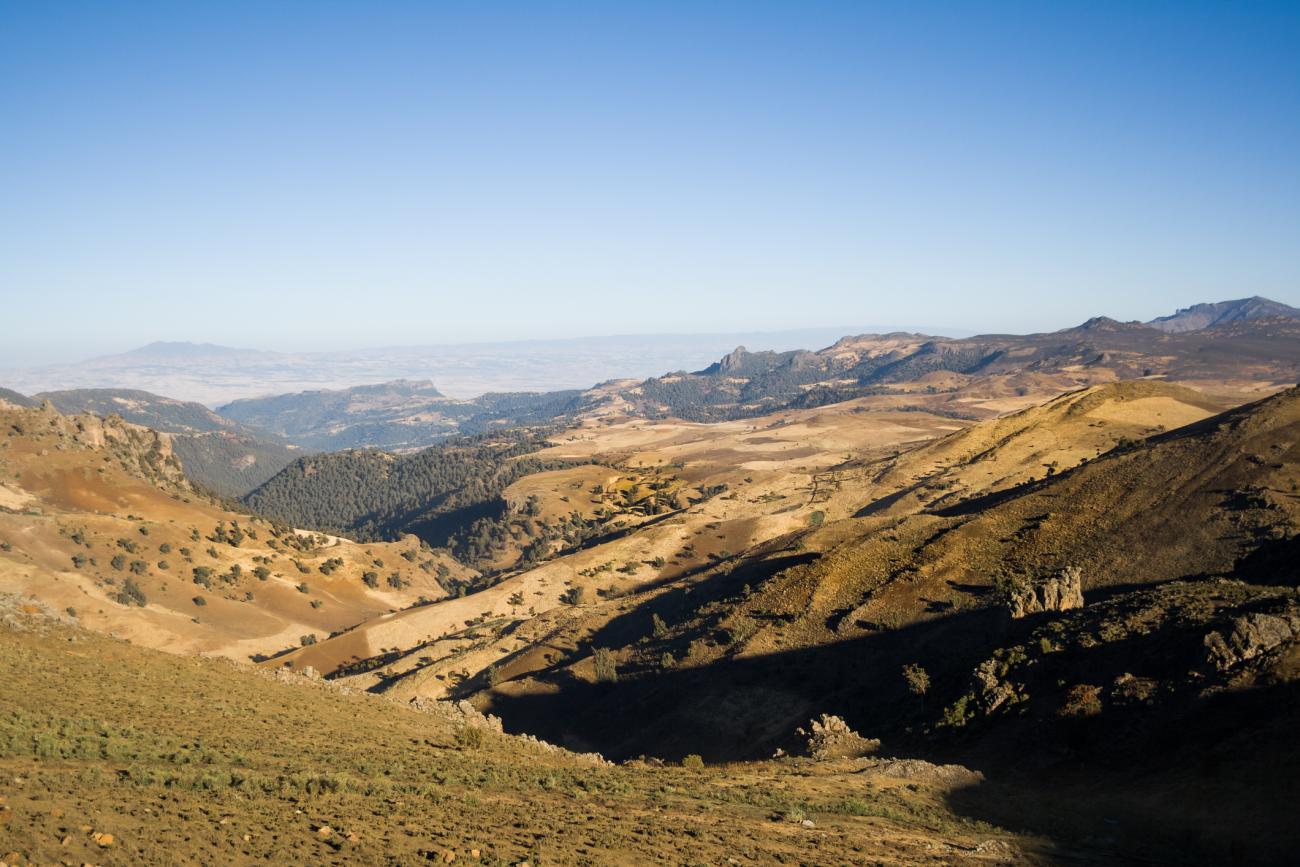
The Bale Mountains National Park is a protected area of approximately 2,200 km2 and is located around 400 km southeast of Addis Ababa. Its high mountains, sweeping valleys, dramatic escarpment and wide expanses of forests provide visitors with a diversity of vistas unique to the Ethiopian highlands.
UNESCO has estimated that more mammal species would become extinct were the habitats of the Bale Mountains to decline than if any other area of equivalent size on the globe were to disappear. When this is combined with rare amphibian species, endemic birds and spectacular flora, it is easy to see why the park is designated as a Biodiversity Hotspot by Conservation International.
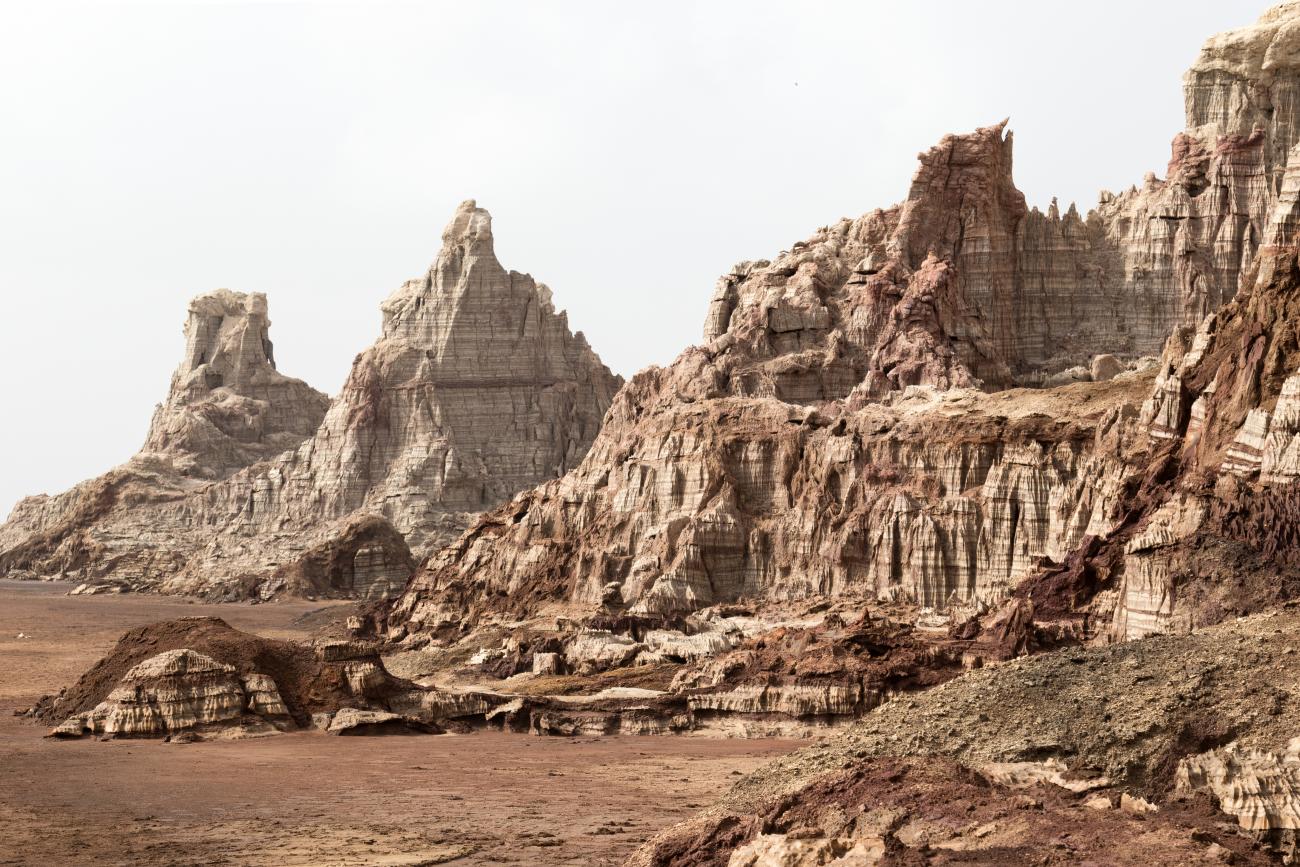
The Danakil Depression is found in Northern Ethiopia, close to the border with Eritrea. With parts of Danakil 100 metres below sea level, this is one of the lowest places on Earth and also one of the hottest in average yearly temperature. Access is difficult as the area is only passable for 4x4 vehicles and accommodation is scarce meaning visitors camp each night at fixed sites. Arguably one of the best places to visit in Ethiopia, those that do make the journey are rewarded with some of the most extraordinary landscapes anywhere on earth.
Two active volcanoes, Mount Ayalu and Erta Ale have large lava lakes, whilst the Dallol Sulphur Springs is a photographers' dream. The Awash River ends in a huge salt mine, where workers carve rough-hewn blocks of salt for sale, an extraordinary sight to behold.
Gheralta
.jpeg)
This unspoilt corner of North Eastern Tigray is scenically spectacular with vast spaghetti-western landscapes of flat dry plains and towering rock outcrops known as the Gheralta. The region is most famous for its 35 old rock-hewn churches, the largest concentration anywhere in Ethiopia. The finest are found in splendid isolation on the outcrops and involving a strenuous walk, and the magnificent views, atmospheric interiors and a wealth of old paintings and church treasures are very special indeed.
Gonder
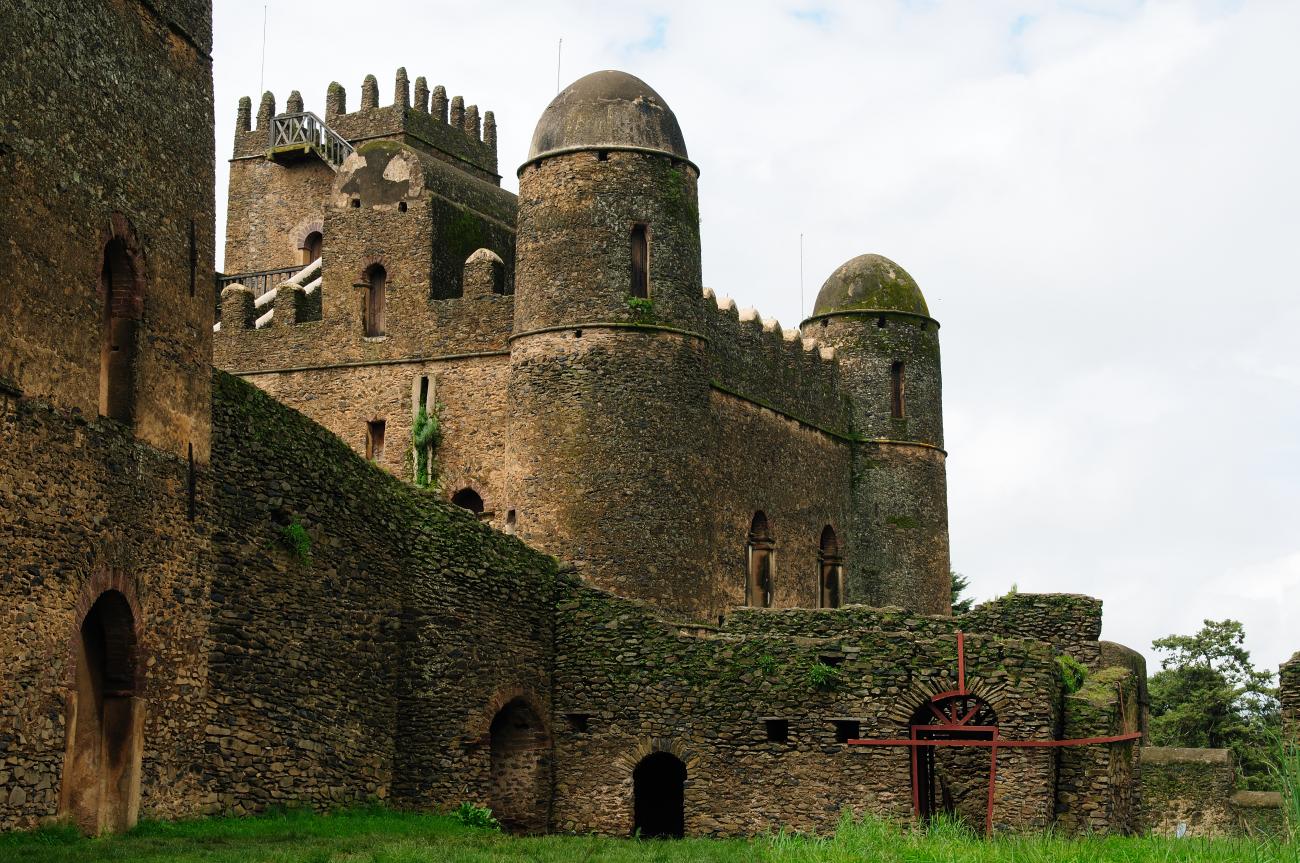
Up until the beginning of the 17th century, Ethiopia had what was locally referred to as a 'mobile capital'. But in 1632 Fasilidas took the throne and proclaimed Gonder as his capital, where it remained for the next 200 years. As king and emperor Fasilidas not only ushered in a period of relative calm in Abyssinia's turbulent history he also built a stupendous fort at this strategic location - added to by his successors - most of which is still intact. Wandering around the fort's spectacular turreted citadels, vast banqueting halls and bathhouses leaves you in no doubt whatsoever as to the importance of this Christian kingdom 400 years ago.
Danakil Depression
Harar
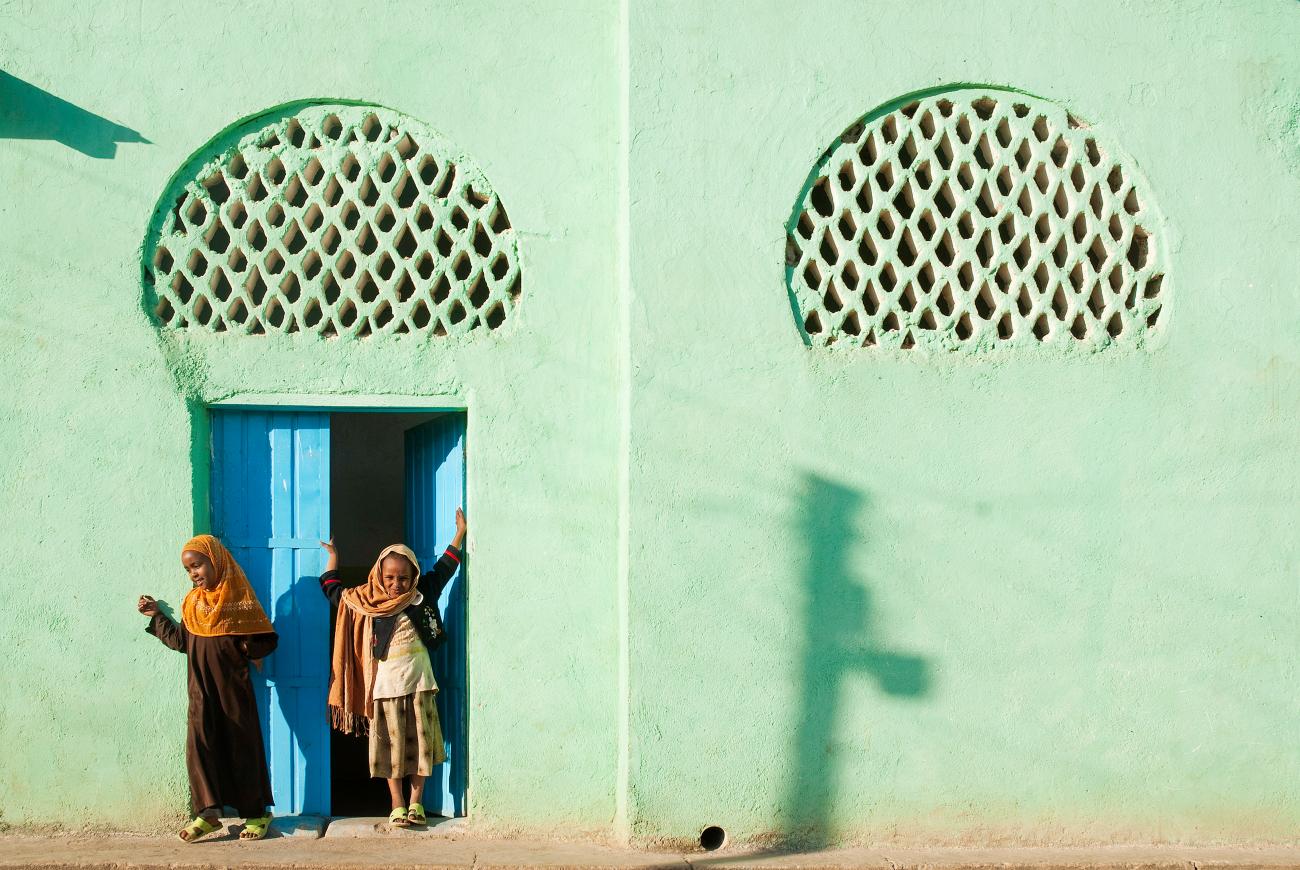
Harar is one of the most impressive of Ethiopia's historic sites, reflecting the long and colourful history of the country. Located in the East of Ethiopia, it was founded in the late first millennium BC and became a stronghold of Islam. Harar has been ruled by seventy-two successive Imams since its formation, through which time unique traditions have been born.
It is one of the main Muslim pilgrimages and has many fascinating sites including the old walled town which was established in the 1540's and contains 90 mosques. One of the town's ancient traditions has also become one of its main attractions; every day a selected resident goes out of the city and calls the Hyenas that live in the surrounding areas, only to feed them by hand.
Jinka
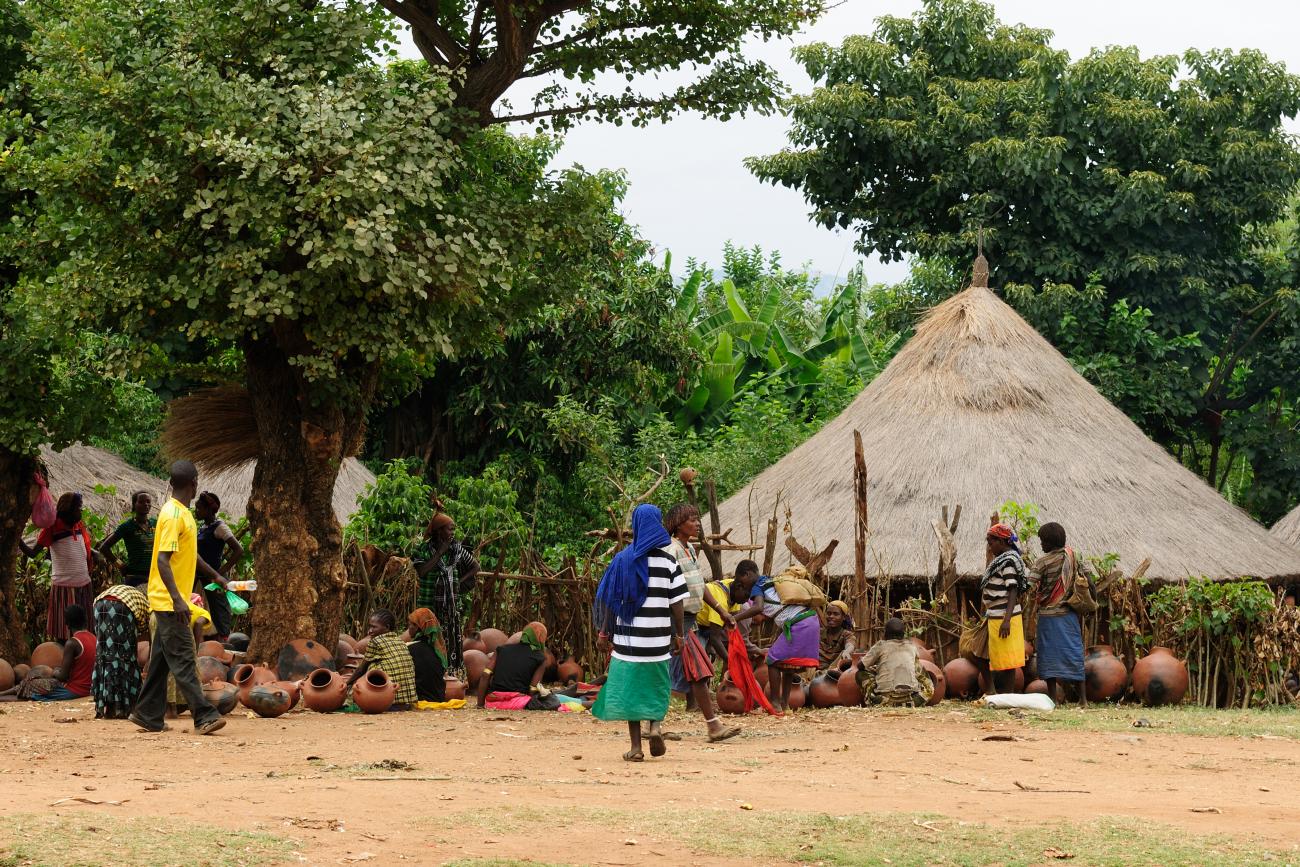
Although Jinka is the administrative capital of the South Omo zone it exists in almost isolation from the rest of the country and has a relaxed, rural feel. Set at an altitude of 1490m it is quite temperate and its Saturday market attracts traders from all over the area.
Lalibela
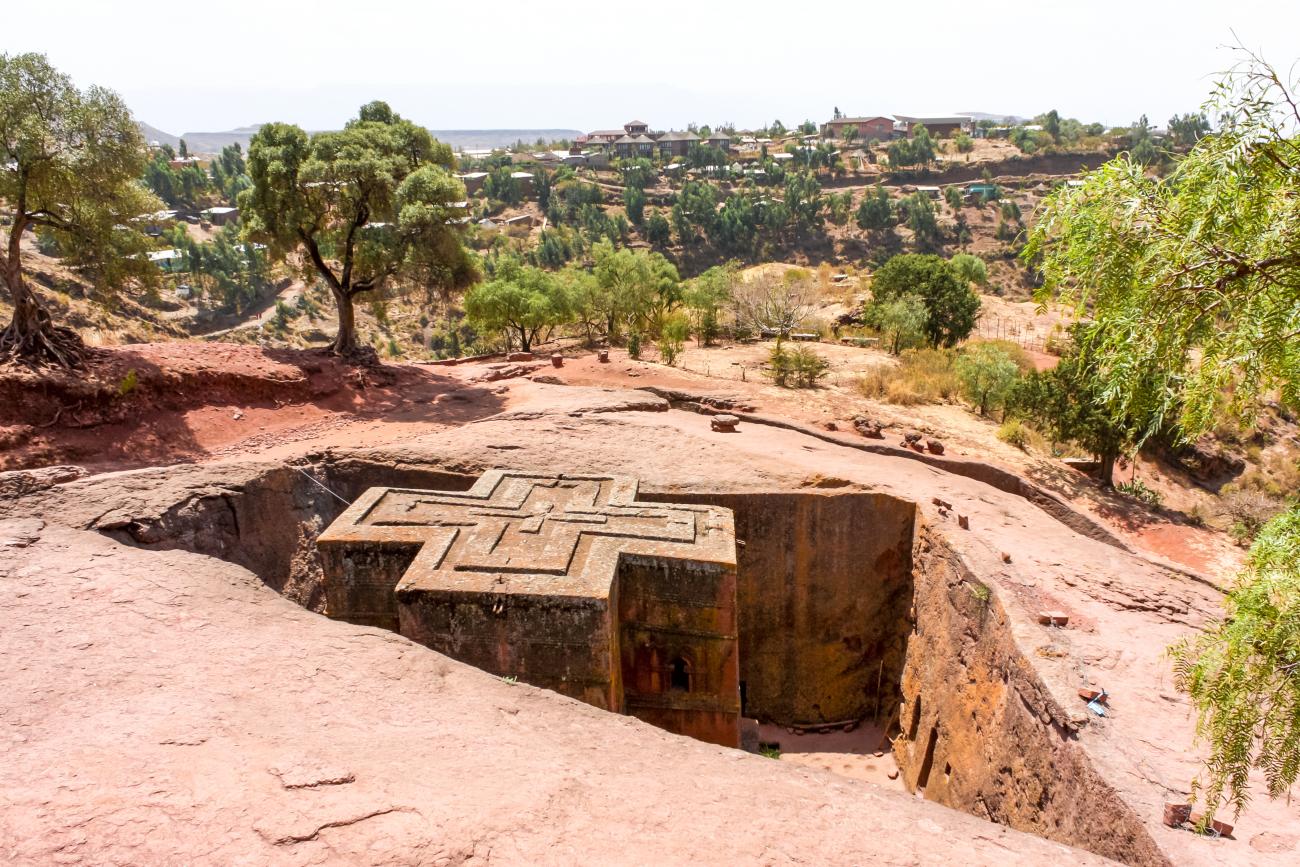
The isolated town of Lalibela, situated high up in the Lasta Mountains, is famous throughout the world for its incredible rock-hewn churches. At 2,630 m and perched among wild mountains, the setting is fantastic.
From the 10th to the mid-13th century it was the capital of the Zagwe Dynasty that ruled the country and it was under the direction of its most famous King, Lalibela, that the churches were carved. He gathered together the greatest craftsmen possible and some estimates think as many as 40,000 people were required to create the churches.
Langano
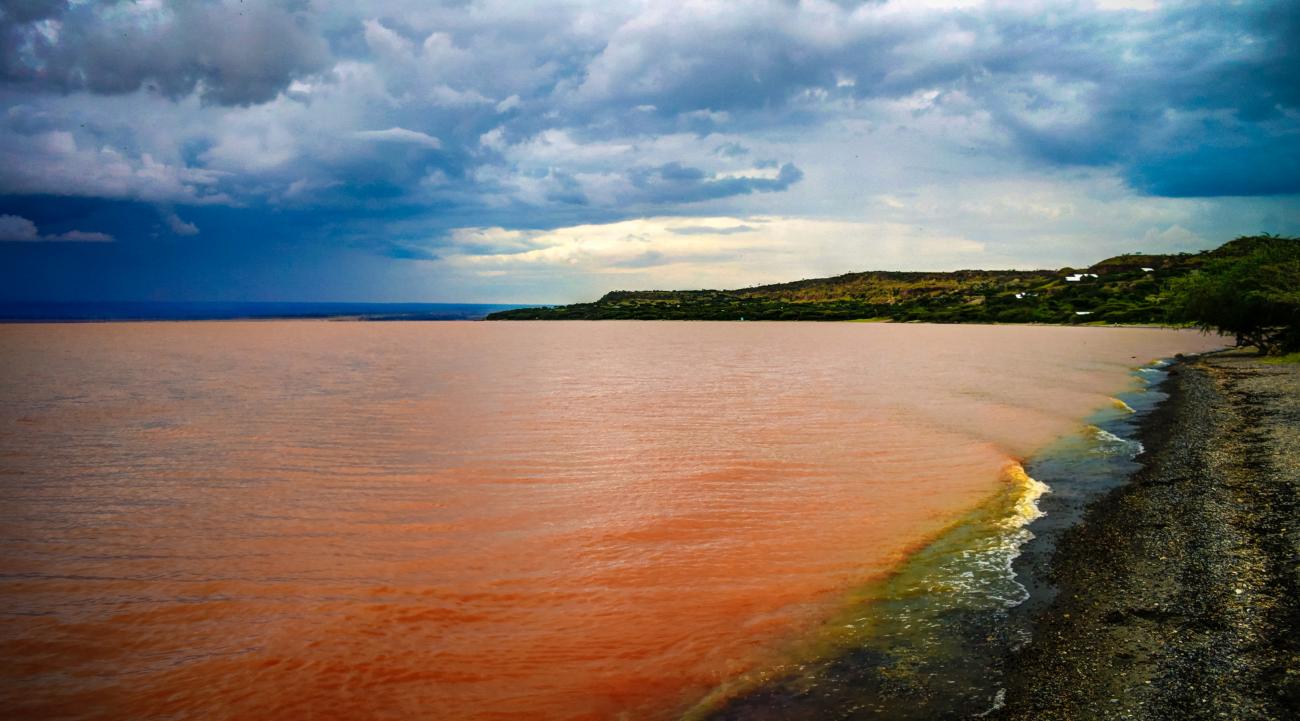
Of all the Rift Valley lakes, Lake Langano is the most developed for tourism, lying adjacent to the Abiata-Shals National Park that is dominated by the two lakes for which it is named. Lake Langano is 18 km long and 16 km wide and its soft brown waters are set against the blue backdrop of the Arsi Mountains, which soar to 4000 m. Although the area around the lake is largely deforested, a variety of wildlife live here including hippos, monkeys, baboons, warthogs, and a huge variety of birds.
Mago National Park
Mago National Park is bisected by the Mago River and is dominated by dense acacia woodland and patches of open savannah. Pristine rainforest lines the river and the highest peak is Mt. Mago at 2,528 m.
Over 100 mammal species live here and once the huge herds of buffalo roamed this area but numbers have dwindled dramatically. However, it is still possible to see elephants, Defassa waterbuck, Lelwel hartebeest, greater and lesser kudu and Guenther's dik-dik.
Mekele
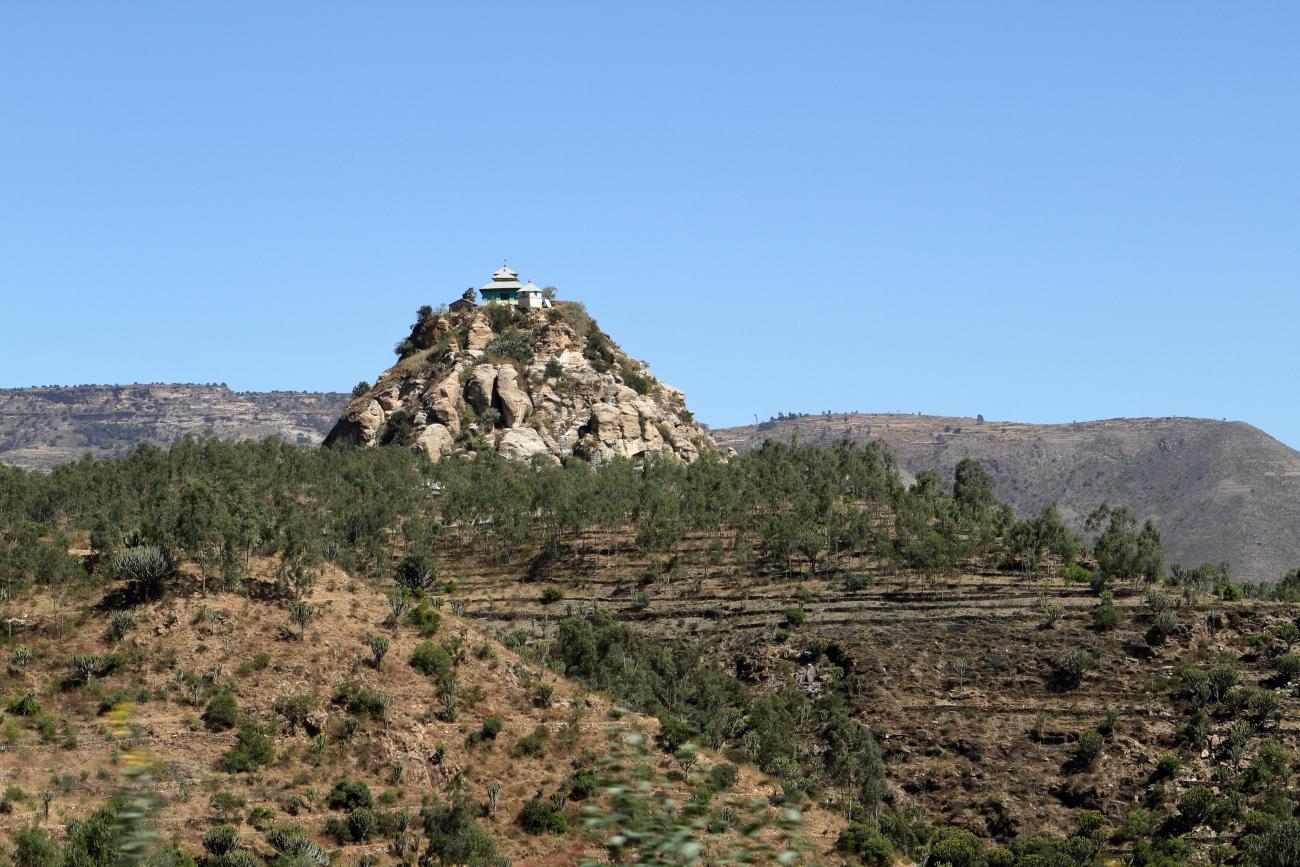
Founded by Emperor Yohannes IV in 1881, Mekele is the main and most modern city in the Northern region of Ethiopia and tourism infrastructure is better than in other parts of the country. Set in a basin at 2,200m in the rocky Tigraian Highlands, the city is clean, organised and vibrant. There are many excellent restaurants and it makes a good base from which to explore the surrounding area.
MORE INSPIRATION IN ETHIOPIA
Meket
Two hours outside of Lalibela, Meket offers spectacular rural scenery. At over 2500 metres, the views from the escarpment are breathtaking and perfect for exploration on foot. It is here we arrange two to five-day community treks providing a remarkable insight into local Ethiopian life.
Nazret
Nazret, also known as Adama, is the third-largest town in Ethiopia. Perched at an altitude of around 1,600m on the fertile plateau that divides the narrowest stretch of the Ethiopian Rift Valley from the central highlands. It is a laid back almost countrified town with a good range of restaurants and a number of local hotels. Whilst it has little of huge interest to tourists it provides a good stopping point between Awash and Addis Ababa or for those travelling South to the Bale Mountains.
Nechisar National Park
This is one of the most beautiful game reserves in Africa and the park protects the white grass plains and also parts of Lakes Chamo and Abaya. The park and lakes support a large number of different species of wildlife including hippo, crocodile, Burchell’s zebra, waterbuck, Grant’s gazelle and as usual a wide variety of birds. The terrain is varied too from savannah plains to groundwater forest where it is common to see vervet monkeys and baboons.
Simien Mountains
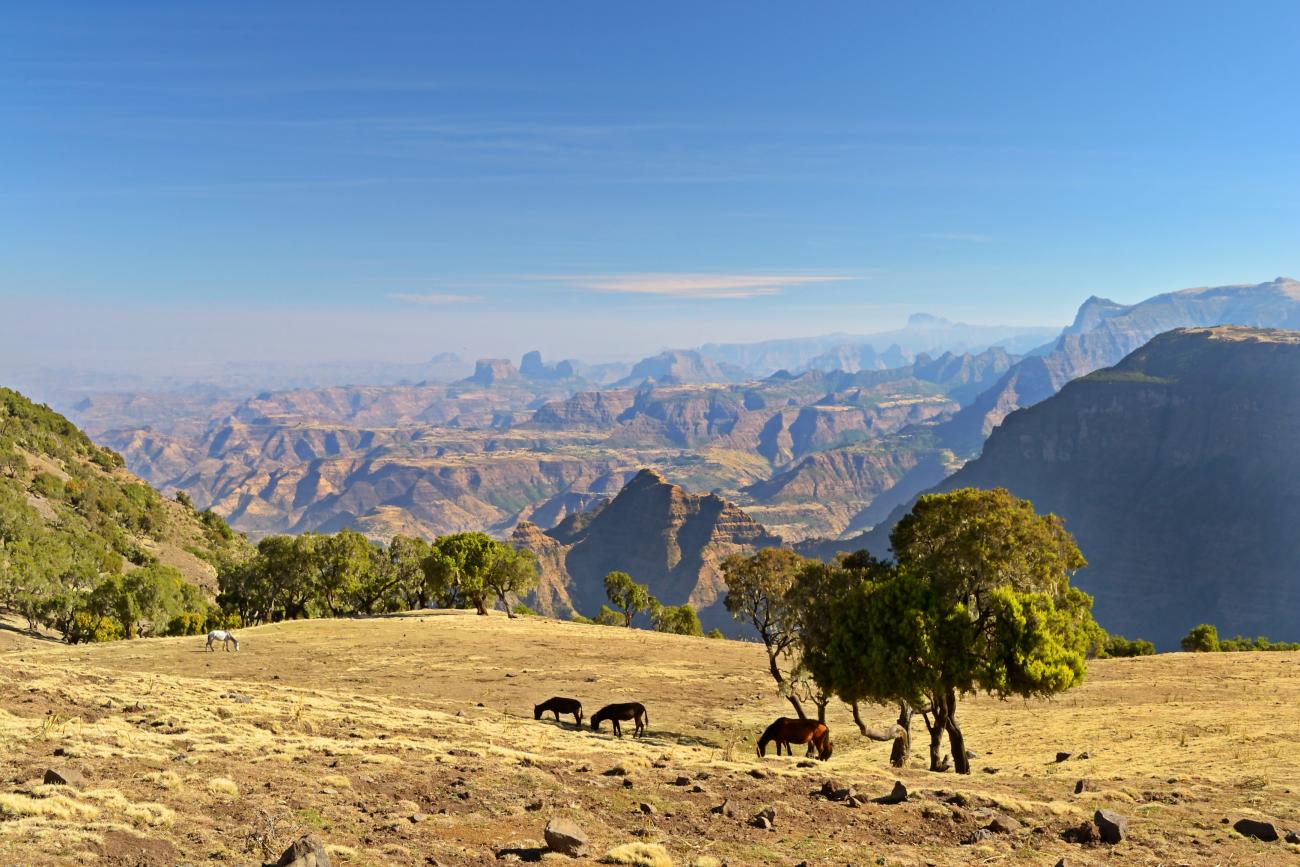
Climbing to an altitude of 4,620m, stretching 100 miles east to west, the Simien Mountains are one of the largest ranges in Africa. With their vaulting granite columns, towering escarpments and plummeting valleys, they are also among the most spectacular.
Besides the colourful Ahmaric tribes, the Simien Mountains are also home to a vast assortment of wildlife, where Gelada Baboons, the Simien fox, bushbuck and the magnificent Lammergeyer vulture can be found. But the wonder of the Simiens does not lie so much with the animals or the people that live there, it is simply to watch the sunrise or fall over a land that time forgot.
Turmi
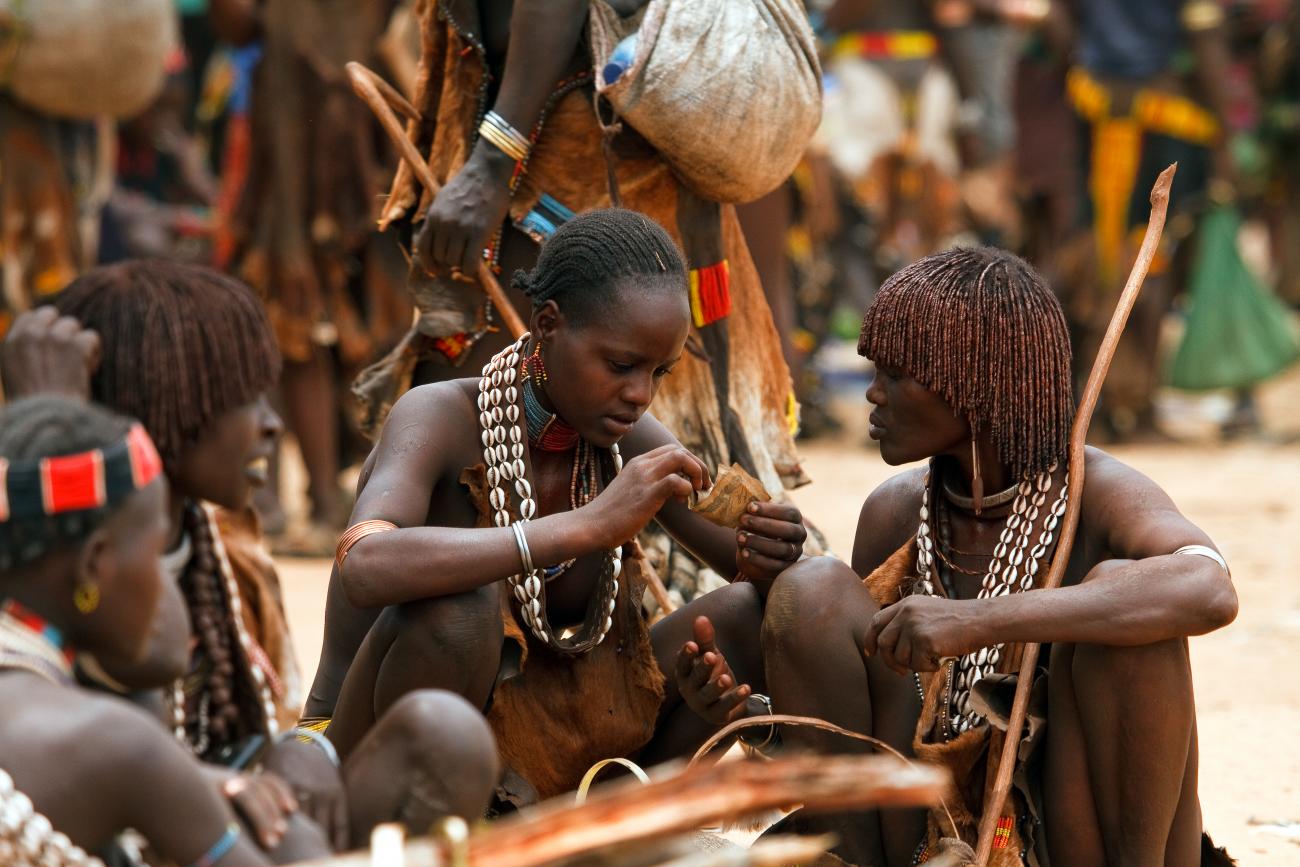
This traditional town, not far from the Kenyan border, lies right down in the heart of the south Omo region and is an important transport hub, located at a three-way road intersection. It is the main town of the Hamer people and is known throughout the Omo Valley for its colourful Monday market, one of the most important in Hamer country.
Yirga Alem
In southern Ethiopia, in the heart of a landscape dotted with wild coffee trees and enset (false-banana tree) plantations, sits the town of Yirga Alem. Just over 250 km from Addis Ababa, Yirga Alem is in itself somewhat unremarkable but is home to charming Aregash Lodge, a lovely place from which to explore this little-known part of the country, well away from the more popular, well-known circuits.
